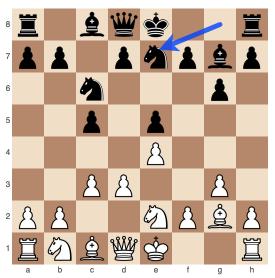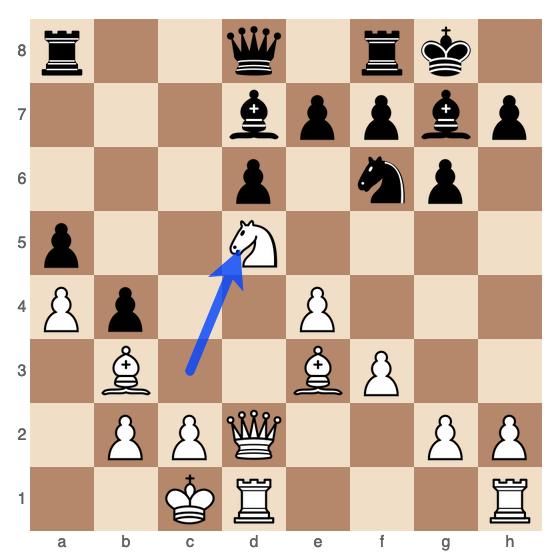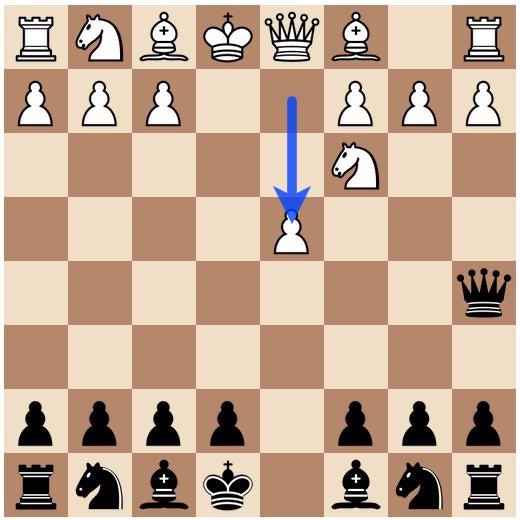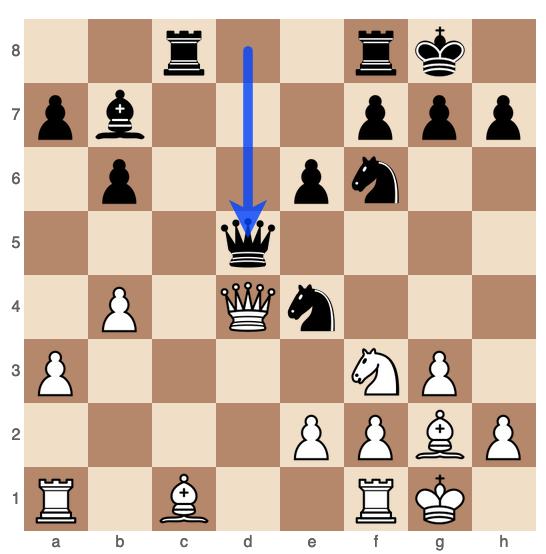In this third-round game from Titled Tuesday, Guillermo Baches (Chessllermo) faces D. Haydon in a tense struggle arising from the Exchange Variation of the Queen’s Gambit Declined. Baches, playing with the white pieces, finds himself outmaneuvered by Haydon’s strategic play and tactical precision. The game demonstrates how small inaccuracies can quickly accumulate and lead to a decisive defeat, even in seemingly balanced positions.
The Opening
The game begins with the Queen’s Gambit Declined (1. d4 Nf6 2. c4 e6 3. Nc3 d5), one of the most classical and resilient defenses in chess. Baches opts for the Exchange Variation with 4. cxd5 exd5, a line that often leads to symmetrical pawn structures and strategic maneuvering. After 5. Bg5, Baches develops his pieces actively, aiming to exert pressure on Black’s position, particularly targeting the d5 pawn.
Haydon responds with 5…Be7, a solid choice, followed by 6…c6, reinforcing the center and preparing for kingside development. Baches continues with 6. Qc2 and 7. e3, both standard moves that prepare for kingside castling and central control. The opening remains balanced as both players develop naturally, with Haydon castling kingside and Baches following suit.
The Middlegame
The middlegame begins to take shape after both sides have completed their development. Baches plays 10. h3, a prophylactic move to prevent any potential knight jumps to g4 and to prepare for a potential expansion on the kingside. Haydon responds with 10…Re8, placing his rook on an open file and preparing for central action.
The critical moment arises after 11…Nh5, where Haydon begins to regroup his pieces for an attack on White’s kingside. Baches tries to counteract this plan with 12. Bh6, exchanging one of Black’s most active pieces, but this also gives Haydon control over the g-file. After 13. Ne5, Baches attempts to centralize his knight and increase pressure, but Haydon remains calm, exchanging pieces with 14…Bg5 and 15…Rxf8, simplifying the position and reducing White’s attacking potential.
The position remains tense after 16. g4, where Baches aims to create threats on the kingside, but Haydon accurately responds with 16…Ng7, keeping his pieces active and coordinating a defense. Baches continues to push with 18. g5 and 19. gxf6, but these moves weaken White’s structure, giving Haydon a chance to take over the initiative.
The Decisive Phase
The decisive phase of the game starts with 20…Bf5, where Haydon begins to target White’s weaknesses and takes control of the g-file. Baches tries to hold on with 21. Rg1, but after 22. fxe5, White’s position starts to deteriorate. Haydon’s 23…Bxd3 sacrifices a pawn temporarily but opens up White’s king position, exposing it to a deadly attack.
Baches is forced into a defensive position with 24. Qxd3 and 25. e4, but Haydon’s pieces are already too active. The move 26. Nxe4 and 27…Kh8 centralize Black’s forces and prepare for a decisive attack on White’s king. Baches’ 28. Rg4 is met with 28…Qb4, placing the queen on a powerful square and coordinating threats against White’s weak pawns and exposed king.
The final sequence, starting with 30…Qc7+ and leading to 34…d3, seals White’s fate. Baches is unable to defend against the multiple threats, and after 35. Qa5 Qxf6, White is completely lost. The combination of active rooks, a strong passed pawn, and White’s weakened structure leads to an inevitable resignation.
Conclusion
This game serves as a reminder of how important it is to maintain control and avoid unnecessary weaknesses, especially in the middlegame. Haydon’s precise play and ability to capitalize on Baches’ inaccuracies allowed him to gradually gain the upper hand and deliver a decisive blow.
Key Lessons:
- In the Exchange Variation of the Queen’s Gambit Declined, both sides must carefully manage their pawn structure and piece activity to avoid creating weaknesses.
- Centralization and active piece play are crucial; once an opponent’s pieces gain control of key squares, it becomes increasingly difficult to mount a defense.
- Tactical awareness and timing are essential in exploiting weaknesses; a well-timed attack can quickly turn a balanced game into a win.
“In chess, small inaccuracies can quickly snowball into larger problems—staying vigilant at every move is key.” Haydon demonstrated this principle by carefully maneuvering through the middlegame and seizing the opportunity to exploit Baches’ weaknesses, leading to a clear victory.






